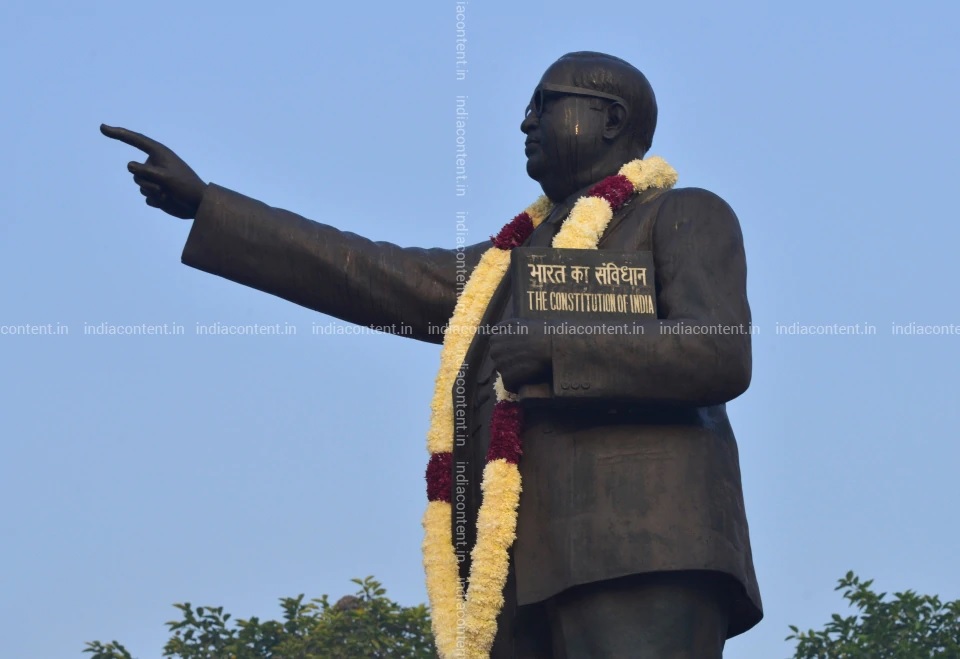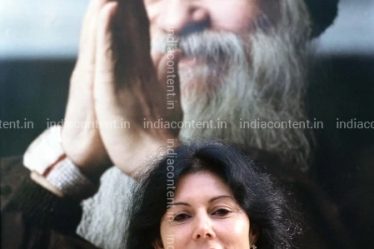
April 14th of this year marks the 129th birth anniversary of the Father of Indian Constitution, B. R. Ambedkar, also known as Babasaheb Ambedkar. B.R. Ambedkar was an Indian jurist, economist, politician and social reformer who opposed the social discrimination towards the Dalits and was instrumental in the formation of Dalit Buddhist movement. He served as independent India’s first Minister for Law and Justice and was the major architect of the Constitution of India.

B. R. Ambedkar Biography
Ambedkar was born on April 14, 1891, in a Marathi family in the town and military cantonment of Mhow, in the erstwhile Central Provinces, which is presently Dr Ambedkar Nagar in the State of Madhya Pradesh. He was the 14th and youngest child of Ramji Maloji Sakpal, an army officer who held the rank of Subedar, and Bhimabai Sakpal.
His family was based in Ambadawe in Ratnagiri, Maharashtra. Ambedkar attended a school in Mhow, Madhya Pradesh and later at Elphinstone College in Mumbai. He graduated with a Bachelor’s degree in Economics and Politics from Elphinstone College affiliated to Bombay University in Mumbai. In 1913, at the age of 22, he moved to the US for his post-graduation in Economics from Columbia University in New York. He later pursued a D.Sc. in Economics from the London University of Economics and PhD in Economics from the University of Bonn in Germany. In October 1916, he enrolled at Gray’s Inn in London for pursuing the Bar course.
B. R. Ambedkar Achievements
After completing his education, Ambedkar returned to India and joined as the Defence Secretary for the erstwhile Princely State of Baroda. However, he struggled to get through the work as he was ridiculed and castigated as ‘untouchable’ for being a Dalit. He soon left the job and started working as a private tutor and accountant. He even launched a consultancy firm which didn’t find success due to caste discrimination that the society was accustomed to. He finally got a job at the ‘Sydenham College of Commerce and Economics’ in Mumbai. After being subjected to extreme caste discrimination, he started motivating and uplifting the Dalits in society. With the generous help from the ruler of Kolhapur, he established a weekly journal called ‘Mooknayak’ which opposed the superstitions beliefs of the caste system.
He moved back to London to complete his law studies in 1921 and was admitted to the British bar as a barrister. He returned to India and started practising as a legal professional in the country. He established a society called ‘Bahishkrit Hitakarini Sabha’ to eliminate caste discrimination in society and to provide education to the backward class. In 1925, he was enrolled in the ‘Bombay Presidency Committee’ to work under the ‘All-European Simon Commission’. The Indian National Congress rejected the commission report and proposed their version of the Constitution of free India. In his efforts to eradicate untouchability, Ambedkar joined Gandhi in the ‘Satyagraha’ movement in 1927 and fought for the rights of the Dalits who were denied access to the public water source and temples. His rising popularity in the country brought him the opportunity to attend the ‘Second Round Table Conference’ held in London in 1932, where he demanded a separate electorate for the depressed class, but his views were opposed by Gandhi.
In 1935, he was appointed as the principal of the ‘Government Law College,’ a position he retained for two years. He served as the principal of the Government Law College from 1935 to 1937. He founded the Independent Labour Party in 1936 which won 14 seats in the 1937 Bombay elections. He published the book ‘The Annihilation of Caste’ in 1936, in which he criticized conventional Hindu leaders and strongly opposed the caste system that prevailed in the country. In 1946, he published the book ‘Who Were the Shudras?’ in which he explained the origin of the Shudra Varna which is the base of the untouchability.
He served as the Minister for Labour for the Viceroy’s Executive Council from 1942 to 1946 and was also a member in the board of the Defence Advisory Committee. Upon India’s independence on 15 August 1947, Ambedkar became the nation’s first Law Minister under Congress-led government. On 29 August 1947, he assumed the position of the Chairman of the Drafting Committee of the Constitution of India, and the Assembly appointed him to draft India’s new Constitution.
He drafted the revolutionary Constitution by aiming a social revolution and to free the nation from any kind of discrimination. He prioritised freedom of religion, abolished untouchability, advocated rights for women, and eliminated the gap between the different classes of the society. Besides his instrumental role in framing the Constitution of India, he also had a significant role in forming the Finance Commission of India. He contributed revolutionary policies for ensuring economic and social progress for the nation and proposed a free economy with a stable rupee.
B. R. Ambedkar Awards
B.R. Ambedkar was posthumously awarded India’s highest civilian honour, the Bharat Ratna, in 1990.
B. R. Ambedkar Personal Life
In 1906, Ambedkar’s marriage was arranged at the age of 15 to a nine-year-old girl, Ramabai. Ramabai died in 1935 after a long illness. On 15 April 1948, he had his second marriage with Dr Sharada Kabir, who he met while he was in Mumbai for treating neuropathic pain in his legs. Ambedkar had a son Yashwant, known as Bhaiyasaheb Ambedkar.

B. R. Ambedkar Death Reason
Ambedkar died in his sleep on 6 December 1956 at his home in Delhi, three days after completing his final book, The Buddha and His Dhamma. He suffered from diabetes and was bed-ridden from June to October in 1954 due to medication side-effects and poor eyesight. He was cremated according to Buddhist practices in Dadar Chowpatty beach on 7 December.
B. R. Ambedkar List of Monuments, Places etc
The Ambedkar Memorial Park is a public park and memorial in Gomti Nagar, Lucknow, dedicated to B.R. Ambedkar. The park accommodates a bronze statue of Ambedkar with the base inscribed “My struggle of life is my only message.” The statue was modelled on the sculpture of Abraham Lincoln at the Lincoln Memorial in Washington, D.C. Chaitya Bhoomi in Dadar, Mumbai is a Buddhist chaitya and resting place of B. R. Ambedkar. Chaitya Bhoomi hosts a memorial to Ambedkar with a statue of Buddha and Babasaheb Ambedkar inside the Chaitya Bhoomi Stupa. It has been graded an A-class tourism and pilgrimage site by the Government of Maharashtra. Deekshabhoomi is a sacred monument of Navayana Buddhism located in Nagpur, Maharashtra, where B. R. Ambedkar converted to Buddhism with approximately 600,000 followers on Ashok Vijaya Dashami on 14 October 1956. The monument accommodates stupa inscribed with the 22 vows given by Ambedkar. The Statue of Equality is an upcoming monument in Dadar, Mumbai dedicated to B. R. Ambedkar. The statue will be the world’s third-highest statue after the Statue of Unity in India and the Spring Temple Buddha in China.
B. R. Ambedkar Images on India Content Website
The India Content website has a good stock of B. R. Ambedkar images. The high-definition images on the website are available in three sizes – small, medium and large.
You can purchase various other content images from the https://www.indiacontent.in


